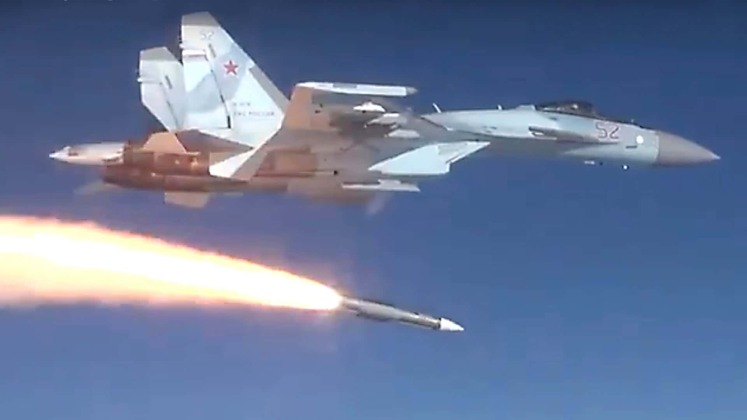News
Would Ukrainian F-16s Be a Game Changer Against Russia Air Force Elaborates How Fighters Will Be Used
The Ukrainian Air Force Command has claimed that if supplied F-16 fighter aircraft by Western countries, it would be able to turn the tide of the ongoing war with Russia and emerge victorious. “When [we] have F-16, we will win this war,” Air Force spokesman Yuri Ignat stated, highlighting that Western supplied air defence systems, including American Patriot missile systems recently destroyed in Russian air strikes, were insufficient to protect a Ukrainian airspace. “The territory of the country and the length of the state border are big and the frontline … is over 2,500 kilometres [long],” he stated, adding that F-16s could become “a part of the air defences” and be used in areas not covered by the ground based anti air assets. The spokesman added that the fighters would be used offensively against Russian ground forces to employ HARM anti radiation missiles and JDAM precision guided bombs, which have already been delivered by the United States and integrated onto Ukraine’s Soviet built aircraft. F-16s would be used to strike Russian command centres and logistical networks, according to the spokesman, allowing Ukrainian ground forces “quickly” seize Russian held territories.

The Ukrainian government has been requesting F-16 deliveries for close to a year, although Britain and the Netherlands recently spearheaded a push to lobby the United States and other Western countries to allow supplies of the aircraft. The Netherlands and Norway, which are close to totally retiring their old F-16s from service, have also been leading advocates of supplying the fighters, with other European states such as France and Portugal agreeing to provide relevant training. Russia’s destruction of American Patriot air defence systems less than a month after their delivery to Ukraine, the very limited numbers of such systems available, and the increasingly serious depletion of Ukraine’s other air defence assets, have been further factors adding urgency to the debate over F-16 deliveries. The United States has been more reluctant to allow transfers of the fighters to Ukraine, with the very high chance of heavy losses in combat potentially undermining confidence in the fighter class and prospects for future exports. F-16 variants set to be delivered to Ukraine have long been considered obsolete, and use mechanically scanned radars which are not only small, but could also likely be very easily jammed or spoofed even by older Russian assets. By contrast Russian fighters and interceptors used in Ukraine have all carried electronically scanned array radars, which in the vast majority of cases have been radars over twice as large as those the F-16 can carry.

Designed in the 1970s as a lighter and cheaper counterpart to the heavyweight F-15, the F-16 was not envisaged as a fighter capable of going head to end with top end heavyweight challengers like the Russian Su-35 and Su-57 which have both been involved in air to air operations over Ukraine. This and the very long reach of Russian ground based air defences, which have proven capable of shooting down non stealth aircraft across Ukrainian territory including from bases in Belarus. Western sources have also frequently highlighted the very long reach of Russian combat aircraft such as the Su-57 and MiG-31, which can engage targets up to 400km away, where older F-16s have an engagement range of only around 100km using the AIM-120C missile. F-16s cannot integrate longer ranged missiles due to the limitations of their radars and inability to carry oversized munitions comparable to the Russian R-37M missile, which only much larger aircraft are able to deploy. Although issues with training Ukrainian personnel to operate F-16s can be circumvented by deploying contractors from Western countries, as has been done for a wide range of more complex assets, the F-16s’ lack of stealth capabilities and overwhelming numerical and performance disadvantages would likely prevent them from being any kind of game changer in the ongoing war.












